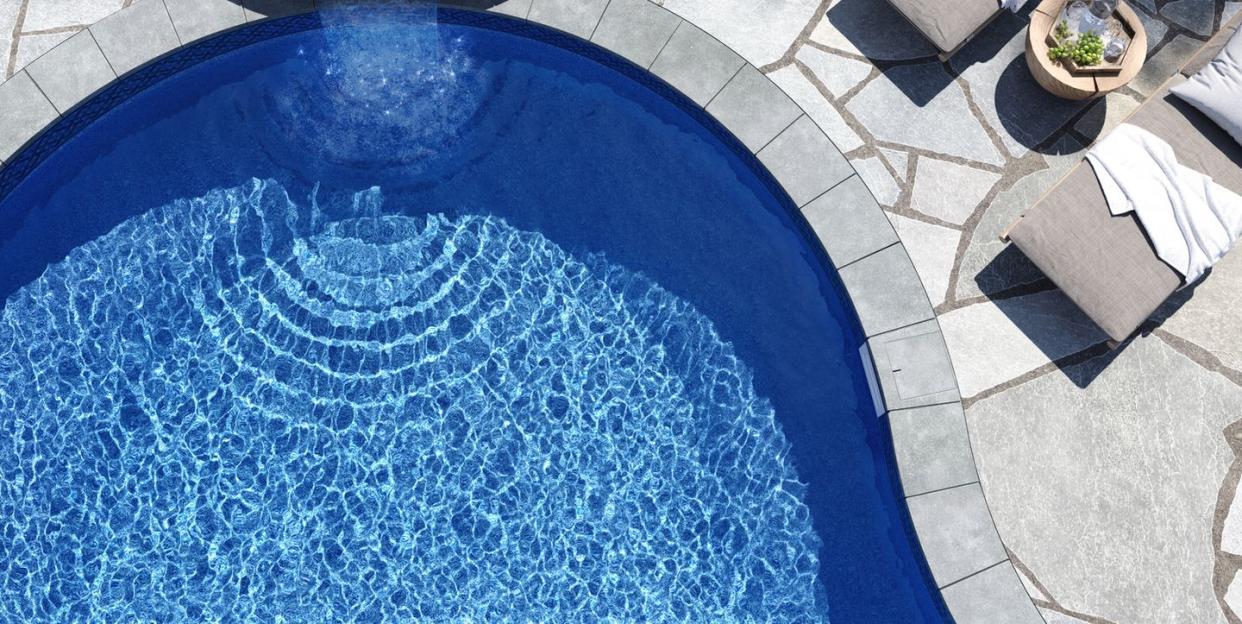The U.S. Is Facing a Major Chlorine Shortage—Here's What It Means for Your Pool

This year, everyone’s favorite summer pastime is under threat: A nationwide shortage of chlorine tablets will make it hard for pool owners to keep their swimming holes up to par. Last fall, the factory that produces the majority of the nation's chlorine tablets burned down during Hurricane Laura. Meanwhile, more time spent at home and increased focus on home projects has led to a rise in demand for the tablets. Together, these circumstances have accounted for a 50 percent increase in the price of chlorine tablets around the US, explains Rick Black, product director of fiberglass at Latham Pool. However, despite this wide-scale shortage, pool owners can still enjoy the delights of swimming by following some of the tips below.
Using Disinfectant Alternatives
Chlorine is not the only way you can disinfect your pool. Alternatives—like salt tablets or Biguanide—may work just as well. Besides, says Black, a saltwater pool may be more cost-effective and require less maintenance. “Rather than purchase chlorine from a store and transporting it home, you might consider making chlorine right where you need it: in your pool. This works by simply adding a device called a salt-chlorine generator,” he explains. Converting your pool to use Biguanide in place of choline is not quite as easy as saltwater, but still possible. Black recommends that you consult with a pool professional to make sure the procedure is done correctly.
Covering Your Pool Properly
Keeping your pool covered when it’s not in use helps to maximize the amount of chemicals in it. When you regularly cover your pool, Black says, you can reduce chemical use by up to 70 percent. Automatic covers, meanwhile, reduce up to 90% percent evaporation.
Using Strategic Materials
If you're considering adding a pool in your backyard, Black recommends a fiberglass pool: They require less maintenance and have gel coating that makes it difficult for waterborne microorganisms to live and stick to the pool, meaning they require fewer chemicals.
Adding Ozone Generators or UV Systems
You might also consider adding an Ozone Generator—which produces Ozone gas into your pool— or UV System—which uses UV rays—to your pool to kill bacteria and reduce the need for chlorine. Consult a pool expert to talk through these options.
Follow House Beautiful on Instagram.
You Might Also Like

